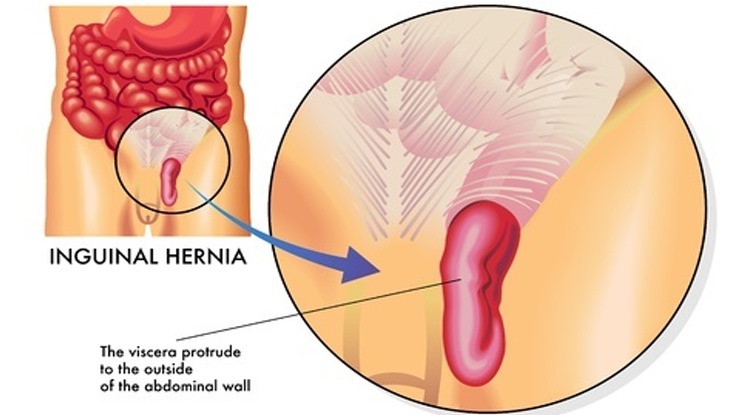
24 Aug,2023
User admin
Laparoscopic Inguinal Hernia Repair
Inguinal hernia is a common condition where abdominal contents protrude through a weak spot in the groin area. Traditionally, open surgery was performed to repair hernias. However, with advancements in medical technology, laparoscopic inguinal hernia repair has gained popularity as a minimally invasive alternative.
Benefits of Laparoscopic Inguinal Hernia Repair: Laparoscopic inguinal hernia repair offers several advantages over traditional open surgery. Firstly, it involves smaller incisions, resulting in minimal scarring and reduced post-operative pain. Additionally, the risk of infection and wound complications is lower. The laparoscopic approach also provides improved visualization of the hernia defect and surrounding structures, enabling accurate repair. Moreover, the recovery time is often shorter, allowing patients to resume their normal activities sooner. These benefits make laparoscopic inguinal hernia repair an attractive option for patients seeking a less invasive procedure
Procedural Steps of Laparoscopic Inguinal Hernia Repair: Laparoscopic inguinal hernia repair involves several key steps, which are as follows
1. Anaesthesia: The patient is administered general anaesthesia to ensure a painless and comfortable experience during the procedure.
2. Placement of Trocars: Small incisions, typically 0.5-1 cm in size, are made near the belly button. Trocars, specialized tubes, are inserted through these incisions to create access points for the surgical instruments
3. Creation of Pneumoperitoneum: Carbon dioxide gas is introduced into the abdomen through one of the trocars, creating a working space for the surgeon by lifting the abdominal wall away from the organs
4. Visualization: A laparoscope, a thin tube with a camera at its tip, is inserted through one of the trocars, providing high-definition visuals of the hernia and surrounding tissues on a monitor
5. Reduction and Mesh Placement: The hernia sac is carefully dissected and pushed back into the abdominal cavity. A mesh, typically made of synthetic material, is inserted through one of the trocars and placed over the hernia defect, ensuring reinforcement and preventing recurrence
6. Fixation of the Mesh: The mesh is secured in place using sutures, staples, or specially designed fixation devices to ensure proper positioning and prevent migration
7. Closure and Recovery: Once the mesh is securely in place, the instruments and trocars are removed. The small incisions are closed with sutures or surgical tape. The patient is then transferred to the recovery area for monitoring before being discharged
Post-operative Care: After laparoscopic inguinal hernia repair, patients are typically advised to follow certain guidelines for optimal recovery. These may include
1. Pain Management: Over-the-counter or prescription pain medications are often prescribed to manage post-operative discomfort
2. Physical Restraint: Strenuous activities, heavy lifting, and intense exercises should be avoided for a few weeks to allow the surgical site to heal properly
3. Wound Care: Patients should keep the incision sites clean and dry to minimize the risk of infection. Regular follow-up appointments with the surgeon are recommended to monitor the healing process
4. Diet and Bowel Movements: A fibre-rich diet and adequate hydration help prevent constipation, which can strain the surgical site
5. Early Ambulation: Patients are encouraged to engage in light activities and gradually increase their physical movements to promote blood circulation and prevent blood clots
Conclusion: Laparoscopic repair of Inguinal hernia gives the best possible short- and long-term results with minimum pain and early return to job. It is usually the most sought-after treatment by inguinal hernia patients and should be done by trained surgeons at centres maintaining strict asepsis in their operation theatres.



